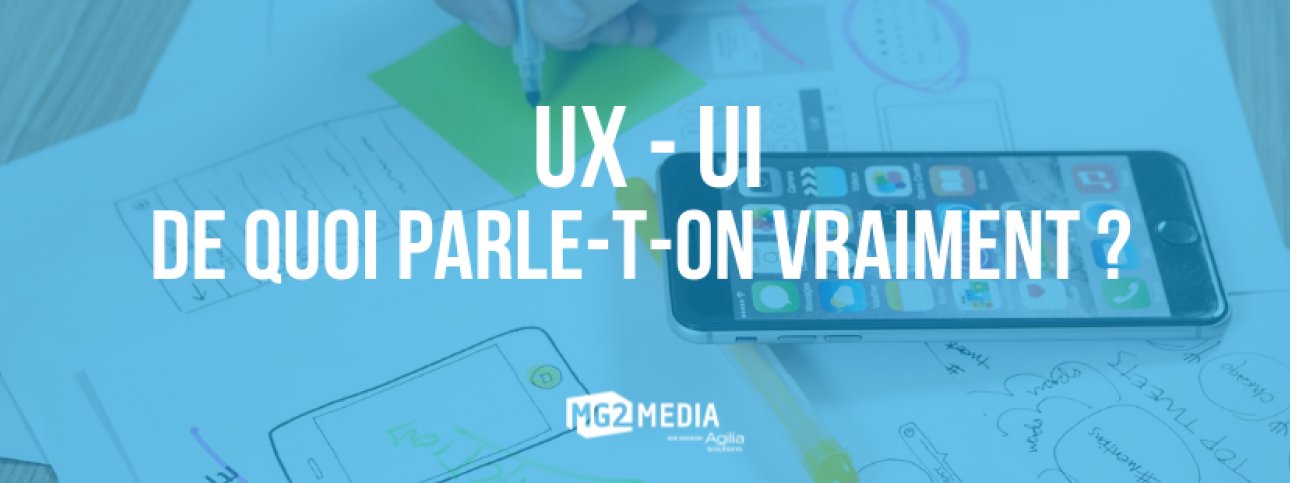There are two types of design that are often mentioned. UX design and UI design. And you’re probably wondering what the difference is between the two? What’s really special about them?
So we hope that by the end of this article it will all be clearer to you.
Here’s a definition of webdesign (source: L’internaute): “Webdesign is an Angliscism literally meaning “web design”. Webdesign is therefore a branch of computer science dedicated to the design of web interfaces, requiring various skills, such as ergonomics, graphic design, marketing, etc.”.
Then, you need to keep in mind that UX design is not UI design… However, UI can sometimes be UX since it plays a role in the user experience.
The two are very closely linked (but clearly differentiated), even if the UI is the most visible part for web users. To illustrate: UX is an iceberg, and UI is the tip of the iceberg…
1. UX: USER EXPERIENCE :

UX design encompasses everything that goes into creating an interface that fully meets users’ needs. It makes the user’s path through the site fluid, functional and as natural and intuitive as possible. So it has a rather “practical” side, which implies a certain logic to it.
So, UX design often requires analysis of web users, of your target audience:
– How do they interact with the interface?
– What are their needs?
– What are their expectations?
Note that UI design does play a role in UX. It enhances the user experience, because if it’s appropriate, it can be ruined by a visual design that doesn’t match the brand’s personality (or what web users like).
For further information:
UX design isn’t just about web sites and platforms, mobile applications or any other technology, because on a large scale, UX makes a product easy and pleasant to use for its users.
2. UI: USER INTERFACE :

UI design focuses on the visual experience, with the aim of making the website beautiful.
In other words, UI design refers to the visual part of interfaces with which web users interact. So it has a rather “aesthetic” feel, thanks to the graphic design.
In fact, the visual aspect will reinforce your brand’s image through colors, typography, button shapes on your site, contact form layout, images, general screen layout, (micro) animations, etc…
In conclusion, these two web design disciplines are very different, but truly complementary!
You can also watch this video to fully understand the two concepts:
If you’d like to know more about web design, we invite you to read our articles on“Responsive Web Design” and“Top podcasts“.


